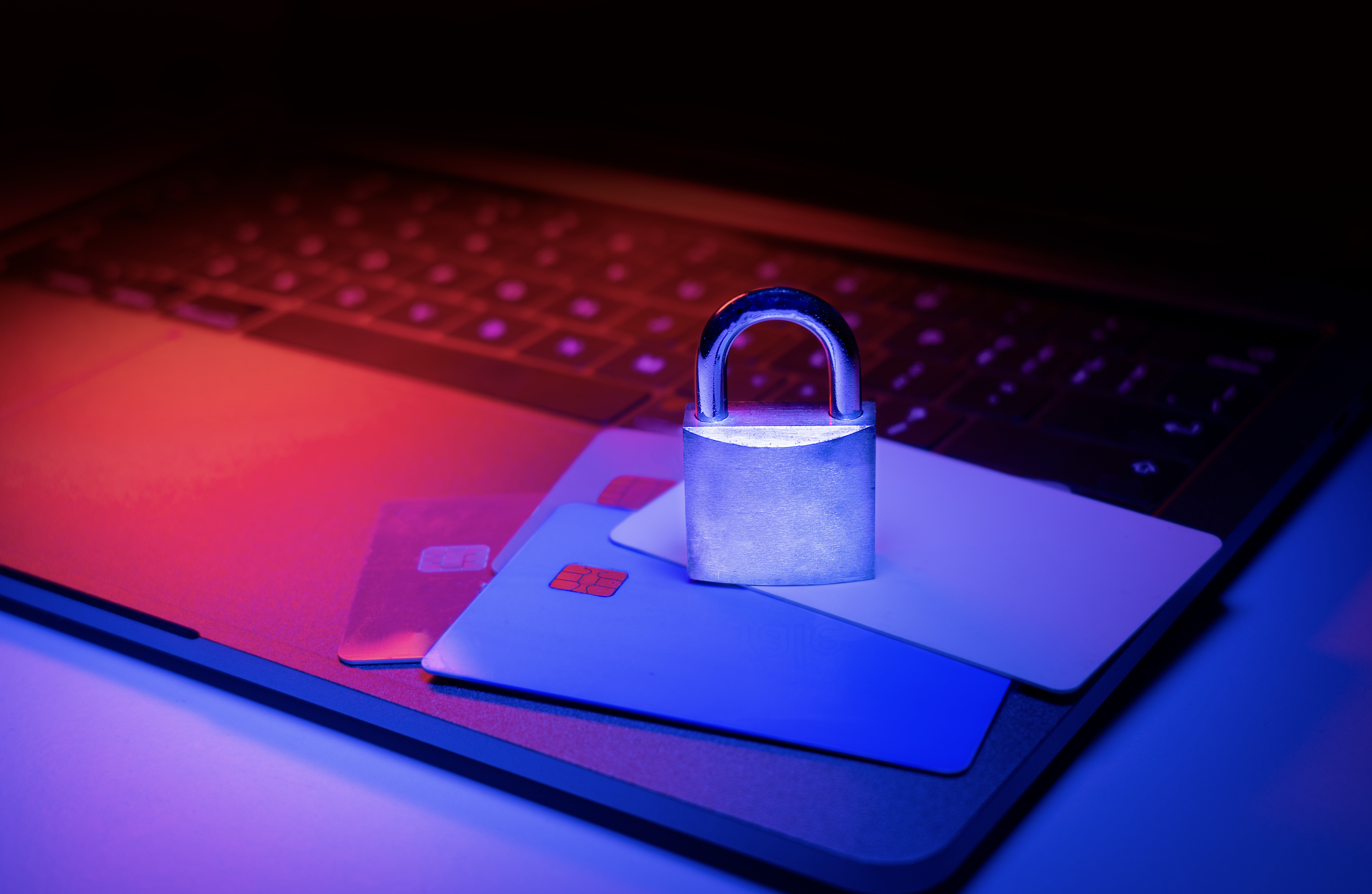As a Backup and Disaster Recovery (DR) service provider, the recent article by The Register on the proposed ban on ransomware payments presents an opportunity to delve into the complexities of cybersecurity and the importance of robust backup and recovery strategies in today's digital landscape. Here is our CTO, Stew Parkin's, key takeaways on the topic...
Understanding the Ransomware Dilemma
The article highlights a significant conundrum in cybersecurity: whether or not to ban ransomware payments. On the surface, banning these payments seems logical to cut off a major income source for cybercriminals. However, the practical implications are far more complex, particularly for critical infrastructure sectors like hospitals, power grids, and water systems. These sectors cannot afford the potentially catastrophic consequences of a halted operation, making them more likely to pay ransoms to restore services quickly.
The Critical Infrastructure Exception
An interesting point raised in the article is the critical infrastructure exception. This exception is necessary because the risk of harm or even loss of life is too great if services like healthcare and utilities are disrupted. In 2023, ransomware attacks on 46 hospital systems in the US, affecting 141 hospitals, underscored the vulnerability of critical infrastructure to these threats. The impact was profound, with patient data stolen and medical treatments delayed.
Enforcement Challenges
The article also touches on the enforcement challenges of such a ban. Ransomware is a global problem, and a ban in one region might simply shift the focus of attackers to other, less regulated areas. This lack of uniform enforcement reduces the effectiveness of a ban. Moreover, the involvement of nations that provide safe havens to ransomware groups complicates the issue, making international cooperation difficult.
The Role of Backup and DR Services
From the perspective of a Backup and DR service provider, these insights from The Register's article emphasise the critical need for robust, proactive cybersecurity measures. Here are key takeaways and advice for organisations:
1. Proactive Defence is Key: It's essential to implement strong cybersecurity measures before an attack occurs. This includes using strong passwords, data encryption, zero-trust access, network segmentation, and multi-factor authentication. Regular software updates and comprehensive backup strategies are also crucial.
2. Importance of Regular Backups: Regular, secure backups can be a lifeline in the event of a ransomware attack. By maintaining up-to-date backups, organisations can restore their systems without needing to pay a ransom. This strategy is particularly vital for critical infrastructure sectors where the risk of operational downtime carries significant consequences.
3. Disaster Recovery Planning: A robust DR plan is essential. This plan should include steps for rapid recovery in the event of a ransomware attack, ensuring minimal downtime and data loss. It should also include regular testing and updates to adapt to evolving cyber threats.
4. Education and Awareness: Educating staff about the risks of ransomware and the importance of following security protocols is crucial. Regular training can prevent many attacks that often begin with simple human error or oversight.
5. Collaboration and Information Sharing: As suggested in the article, increased information sharing about threats and best practices can help organisations stay ahead of ransomware tactics. Collaborating with other entities and participating in cybersecurity forums can provide valuable insights.
Conclusion
The discussion around banning ransomware payments is complex and multifaceted. While such a ban might seem beneficial in reducing the incentives for attackers, its practicality and enforceability are questionable, especially in the face of threats to critical infrastructure. For Backup and DR service providers, this reinforces the imperative to offer comprehensive, proactive solutions to protect against ransomware attacks. Our role is not just to respond to disasters but to equip organisations with the tools and strategies to prevent them.
In the end, the key message is clear: being prepared and proactive is the best defence against ransomware. By focusing on strong cybersecurity practices, regular backups, and effective disaster recovery planning, organisations can mitigate the risks posed by these cyber threats.



